Let's assume we have a text that contains a Unicode character that cannot be displayed because our font has no corresponding glyph. Usually, a placeholder is displayed instead, e.g. a rectangular block thingy (see screenshot).
Is there a "glyph not found" character that reliably produces this glyph? I'd like to write something like "If the following text contains <insert character here> then you need another font..." in a UI.
By the way, I am not talking about � (replacement character). This one is displayed when a Unicode character could not be correctly decoded from a data stream. It does not necessarily produce the same glyph:

